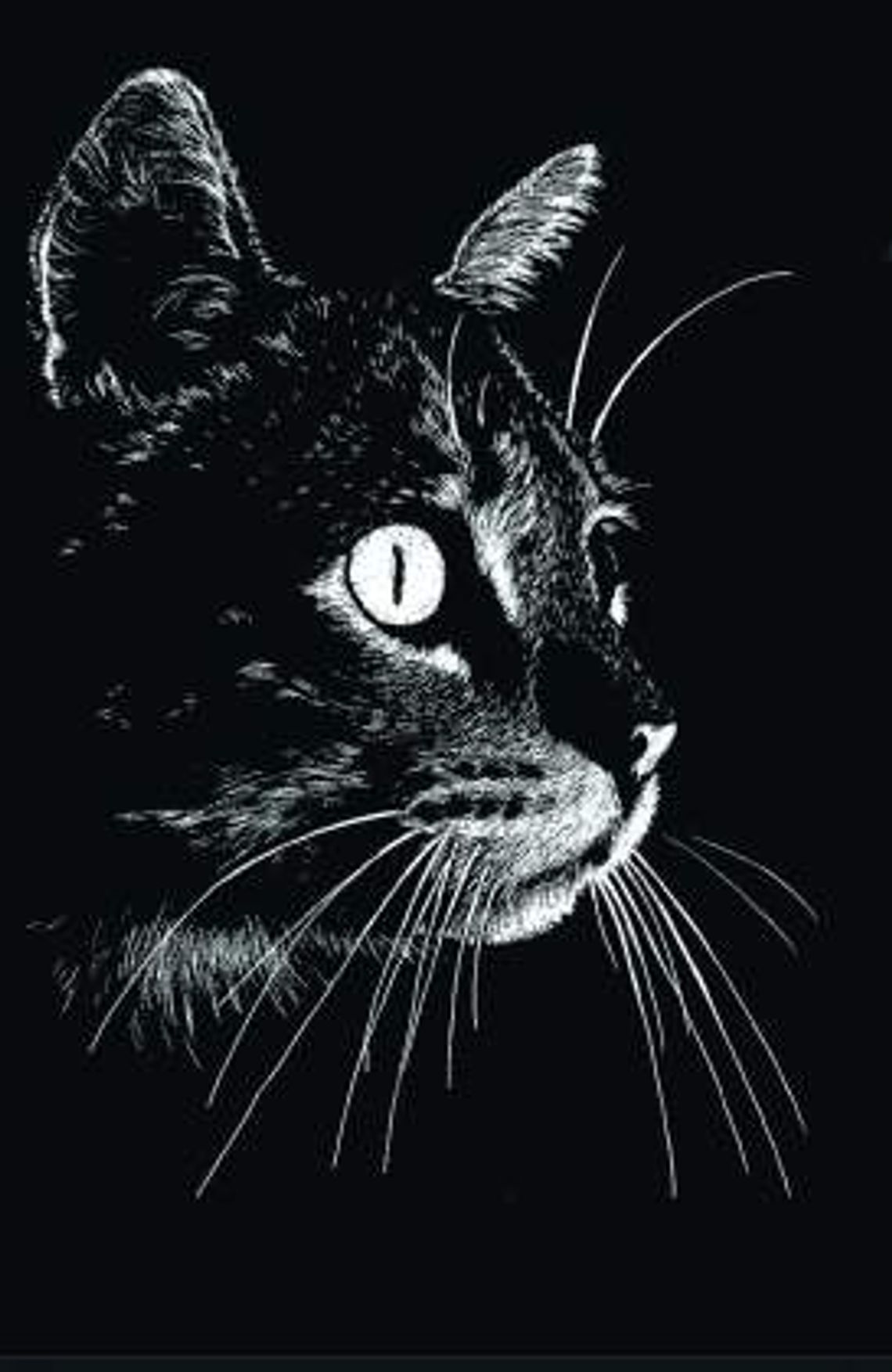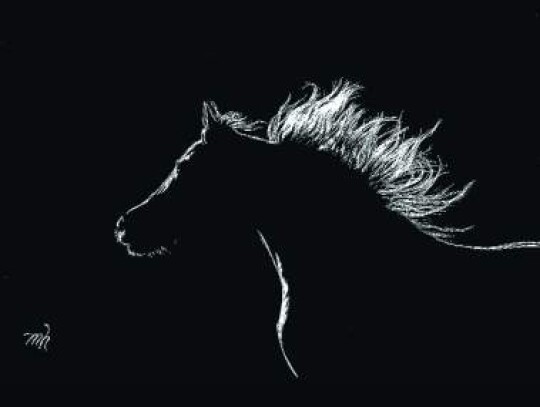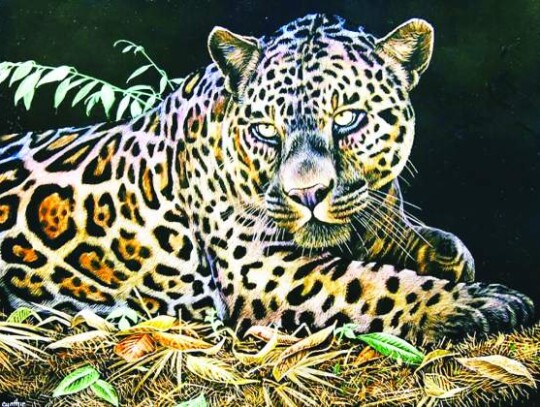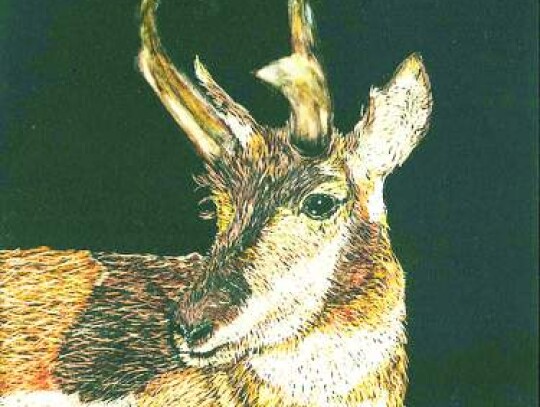Michelle Hortsman, the Boerne Art League’s artist of the month, has loved art and creativity of all kinds since she was a young child. Although she does paint and draw, her main area of work is in scratchboard engraving.
She often is commissioned for pet portraits in this unique medium. Reproductions of her work are sold on mugs and as downloadable prints online.
Active in the Boerne arts community for years, Michelle serves on the planning committee for the Boerne Art League. She lives alongside the Guadalupe River, where there is ample wildlife to inspire her work, as well as plenty of room for her pet menagerie.
So where do we find scratchboard in art history? Modern printmaking methods included engraving on metal and wood, as well as block printing, where images were carved into wood, linoleum or other material – inked and then printed.
Printmaking methods evolved further as mass printmaking became more accessible. The development of photography in the 19th century also made the reproduction of images easier to accomplish.
Scratchboard art developed alongside technological advances in printing. The process allowed artists to create images more directly and was easier than working with wood, metal or linoleum. Images could be made on scratchboard and then photographed for easy reproduction. Scratchboard then became a widely used medium for creating images used in print media.
Later, artists created scratchboard engravings purely out of an appreciation for the medium in and of itself. American artist Virgil Finlay (1914-1971) from Rochester, New York, has been described as “the most popular interior illustrator ever to work in science fiction and fantasy magazines,” creating sophisticated scratchboard works elevating the medium to high art status.
Scratchboard has become a popular medium in art education because it is easy to work with and requires few tools.
Boerne bank lobbies where Michelle’s work can be viewed through the end of August are Frost Bank, Bank of America, Security State Bank, Texas Heritage Bank and Jefferson Bank, as well as Kronkosky Place. For more information, visit www. horstmanscreative.com.
While “treasure hunting” other walls for Michelle’s artworks, discover scratchboard artists Dena Szymarek, whose work can be seen at The Carriage House Gallery of Artists, and Cynthia Fisher, whose work is featured at Texas Treasures Fine Art Gallery in Boerne.
Like us on Facebook! Visit our website often at www.hccarts. org. Send inquiries to [email protected].
HCCArts Calendar
• San Antonio Museum of Art invites you to Shan Puppet Theater, founded by Wu-shan Huang, who develops puppet performances combining traditional puppetry and Hakka folk music with modern theories of theater. This traditional cultural performance from Taiwan will be in Hakka Chinese with English translation followed by an interactive component. Free with SAMA admission. Call 210-978-8100 or email [email protected] for information.
• Through the end of August, “Too Hot to Handle Sale at Carriage House Gallery,” representing 13 talented Hill Country artists, in a variety of styles and mediums. You’ll find amazing artwork at half the cost.
Each local artist in the gallery has marked down selected works for you to take advantage of this special offer. Flame tags indicate artworks offered at a 50 percent discount. The address is 110 Rosewood Ave. in Boerne.
HCCArts Art AfterHours 2022
Tuesdays, 7-9 p.m. in the comfort of The Classroom at the AgriCultural Museum and Arts Center, 102 City Park Road in Boerne. The cost is $35 each session; discount with membership. Class descriptions and limited registration at www.hccarts.org/ workshops.
• August 23: Gel Plate Transfers. Try your hand at gel printing, an addictive form of mono-printing on a gelatin print plate. Our class will explore transferring commercially printed images and laser prints to a layered background. Working with acrylic paint, we will build layers to achieve a unique finished image.
• August 30: Felt Making. Come explore the fiber art of wet felting. Add layers of fiber, color and texture to fabricate felt. The process of manipulating wool fiber through agitation results in a luxurious piece of felt fabric. Embellish with color and synthetic metallic fibers to add sheen, interest, and imagery.












Comment
Comments